How to Choose the Right Oil and Right Massage
| Authored by: Sanjana Tharwani |
| Reviewed by: Kapil Dhameja |
| Estimated Reading Time: 5 minutes |
TMI (maybe?), but I love giving hugs! More than that, I love receiving hugs! My favourite kind of hug? The bear hug! I just love how comforted and warm I feel. The only other time I get the same feeling is when I’m getting a massage. But only sometimes. The other times, I just feel very sleepy and in ~dreamland~.
I was always curious as to why. It’s only recently that I learnt that there are different types of massages which use different types of oils. Not only that, but the best oil for massage also changes according to the season.
Well, Ayurveda figured this out years ago. Ayurveda doesn’t see oil as something you apply to make your skin shiny; it’s medicine, mood therapy, and self-care combined.
As fascinating as this is, it also makes things just as tricky. Like, which massage should I get and when? And with which oil??!?
Don’t worry; as your friendly neighbourhood skincare best friends, we’re here to give you a deep dive into all this, the Ayurvedic way. In this effective guide, we cover how to match massage goals with oils, what works best for your body type, and which oils suit which season. Read along!
|
Table of Contents |
Understand Your Massage Goals

You can’t have a solution without a problem. In that case, the solution itself becomes pointless. Massage, in this context, is the solution. That makes the reason to get a massage the problem statement. Ask yourself:
-
Do I need relaxation or stress relief?
-
Am I looking for pain relief or sports recovery?
-
Do I feel mentally drained and emotionally heavy?
-
Do I want to improve circulation and detoxify my body?
Massage itself is a generic solution. The said solution or its approach gets modified according to different goals. For example, you’d love a deep tissue massage post a marathon, but the same might feel too intense if you’re emotionally exhausted. Similarly, coconut oil would help soothe inflammation but would leave you feeling undernourished during winters.
Understanding your goals at the start lays the foundation for the best outcome in the end.
The Ayurvedic Approach: Matching Oil to Body Types
Before you rush to Google and start searching: “best oil for massage”, consider taking the Ayurvedic approach. Oil massage in Ayurveda varies as per the individual’s doshas, i.e., Vata, Pitta, and Kapha. Imbalances in these doshas are what create discomfort, and massaging in the right way with the right oils is what helps restore the harmony.
Let us discuss them one by one:
-
Vata Dosha: It is associated with dryness and restlessness. Common issues faced due to Vata dosha imbalance are anxiety, insomnia, joint pain, and dry skin. Hence, warm, heavy, and nourishing oils are recommended to stabilise this energy. Sesame, almond, and Mahanarayan are popular options. Similarly, the massage style should be slow, rhythmic, and gentle to calm the nervous system.
-
Pitta Dosha: It’s hot, sharp, fiery, and intense. Common issues due to Pitta imbalance include inflammation, skin rashes, irritability, and acidity. In this case, cooling oils are the way to go. Choose coconut, sunflower, or Brahmi oil to soothe the heat and calm the mind. The massage style should include medium pressure with smooth strokes so as to help release heat and tension.
-
Kapha Dosha: This dosha is characterised by heaviness, lethargy, and cold. Common issues due to Kapha imbalance include congestion, water retention, and weight gain. The oils most suitable for this are mustard, sesame, or Triphala as they are light and invigorating and therefore cause an increase in circulation and decrease in stagnation. The massage technique used for this is stimulating and vigorous in order to enhance circulation and metabolism.
By coordinating the choice of oil with your dosha, the massage is no longer just relaxation; it's medicine.
Popular Massage Techniques, Their Benefits, and Oils Used

Massage therapy isn’t one-size-fits-all. Different techniques target different needs, and each delivers maximum benefit when paired with certain oils.
-
Abhyanga (Ayurvedic Full-Body Oil Massage)
Benefits: It enhances circulation, quiets the mind, encourages lymphatic drainage, and hydrates skin
Best oil for massage: Sesame oil or dosha-oil (Vata: sesame/almond, Pitta: coconut, Kapha: mustard)
-
Swedish Massage
Benefits: It alleviates relaxation, stress, and better blood flow
Best oils: Almond or jojoba oil for smoothness and lavender or chamomile-infused oils for a sedative effect
-
Deep Tissue Massage
Benefits: Relieves chronic pain, tension, and knots in muscles
Oils to use: Warm oils like sesame or herbal oils like Mahanarayan Taila to facilitate muscle recovery
-
Sports Massage
Benefits: Prevents injuries, accelerates recovery, and enhances flexibility
Oils to use: Arnica oil or Ayurvedic Dhanwantharam Taila to strengthen the muscles and joints
-
Shirodhara (Oil Pouring on Forehead)
Benefits: Reduces anxiety, improves sleep, and relaxes the mind
Best oils: Therapeutic oils such as Ksheerabala Taila or Brahmi oil to relax the nervous system
-
Aromatherapy Massage
Benefits: It promotes emotional healing, relaxation, and mood uplift
Best oils: Carrier oil (almond or coconut) mixed with essential oils such as lavender (stress relief), peppermint (energetic lift), or rose (mood uplift)
-
Marma Therapy
Benefits: It assists with energy balance, pain, and enhanced flow of prana
Best oils: Herbal oils like Balashwagandhadi Taila for tissue nourishment and nerve calming
Pairing technique with oil guarantees that the massage not only feels good but also actively aids your health objectives.
Massage Type and Oil by Season

There’s also a concept called 'Ritucharya' in Ayurveda. It basically means that your lifestyle and practices should vary according to the seasons. The same logic goes for massages and oils, too.
Let us analyze the massage techniques and the optimal oils according to the weather:
Winter:
-
Problems: Dryness, rigidity, Vata imbalance
-
Optimal oil for massage: Warm sesame oil, Mahanarayan Taila, or Balalakshadi oil
-
Massage technique: Slow, warm, and deeply nourishing
Summer:
-
Problems: Heat, irritability, inflammation of the skin
-
Optimal oil for massage: Cooling coconut oil, Brahmi oil, or nalpamaradi oil
-
Massage technique: Gentle, soothing, and relaxing
Monsoon:
-
Problems: Weak digestion, water retention, Kapha imbalance
-
Optimal oil for massage: Mustard oil or Triphala oil
-
Massage technique: Stimulation and detoxification
By adjusting oils to seasons, you make sure your massage is current and effective throughout the year.
Conclusion
Massage is one of the most beautiful self-care rituals you can offer yourself. But the secret lies in personalisation; knowing your goals, your dosha, and the season, and matching them with the right oil and massage technique.
Whether you opt for Nalpamaradi during the summer, Balalakshadi during winter, or a sports massage with arnica oil post-workout, the key is intention and alignment.
So next time you schedule a session (or organize your in-home self-massage), keep this in mind: the correct oil and proper massage don't just indulge you. They heal, renew, and transform.
Recommended Products
Related Articles
Uncovered: Which Ancient Civilization Actually Invented Massage?
Ayurvedic Therapies 101: Erase Stress, Toxins & Fatigue
The Ultimate Hair Growth Secret: Amazing Benefits Of Scalp Massage


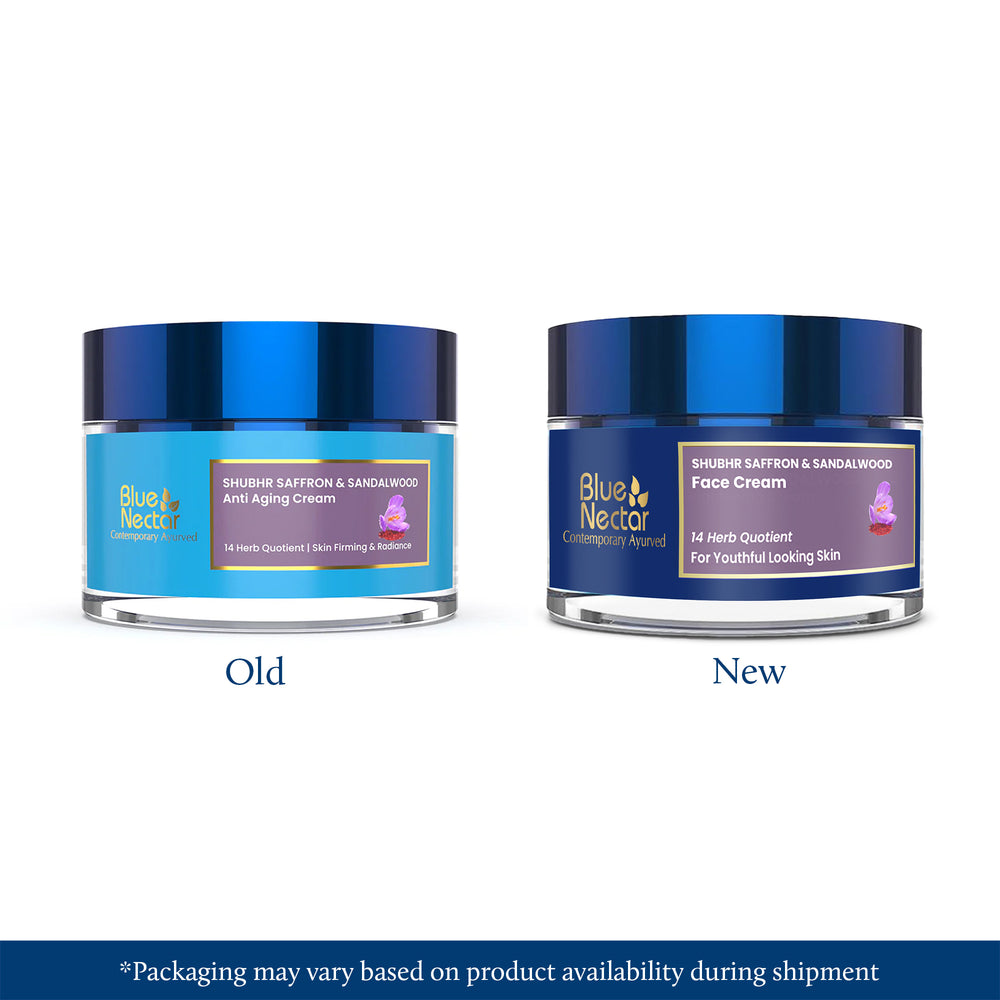
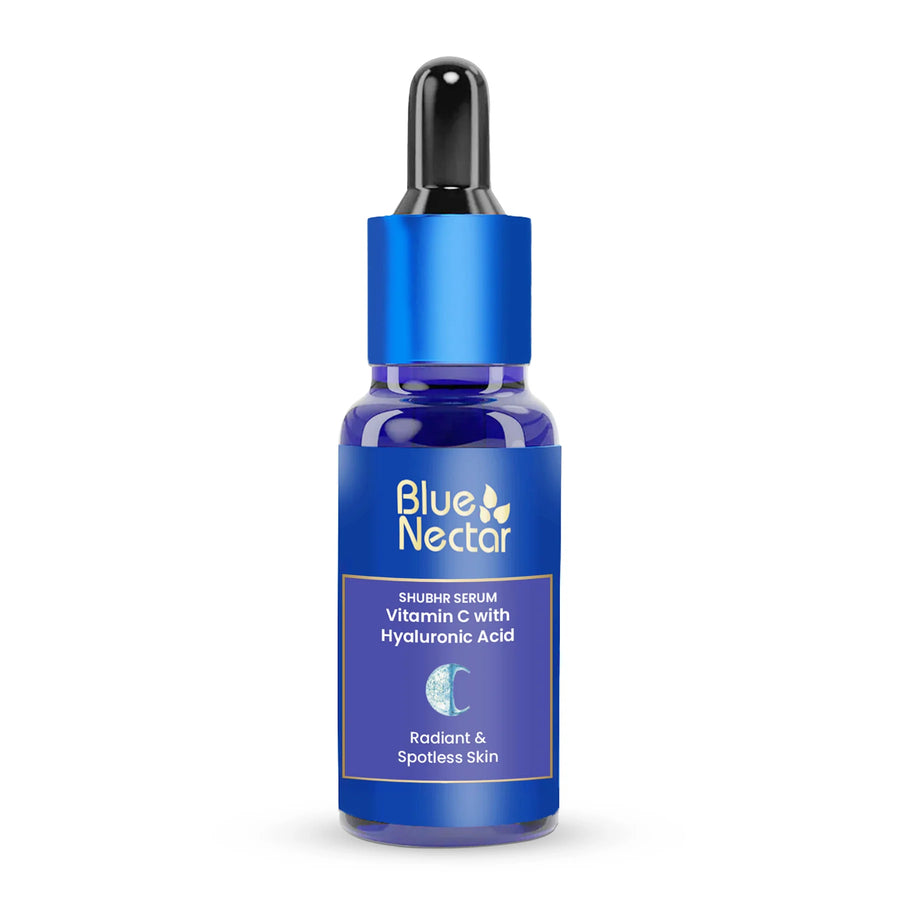
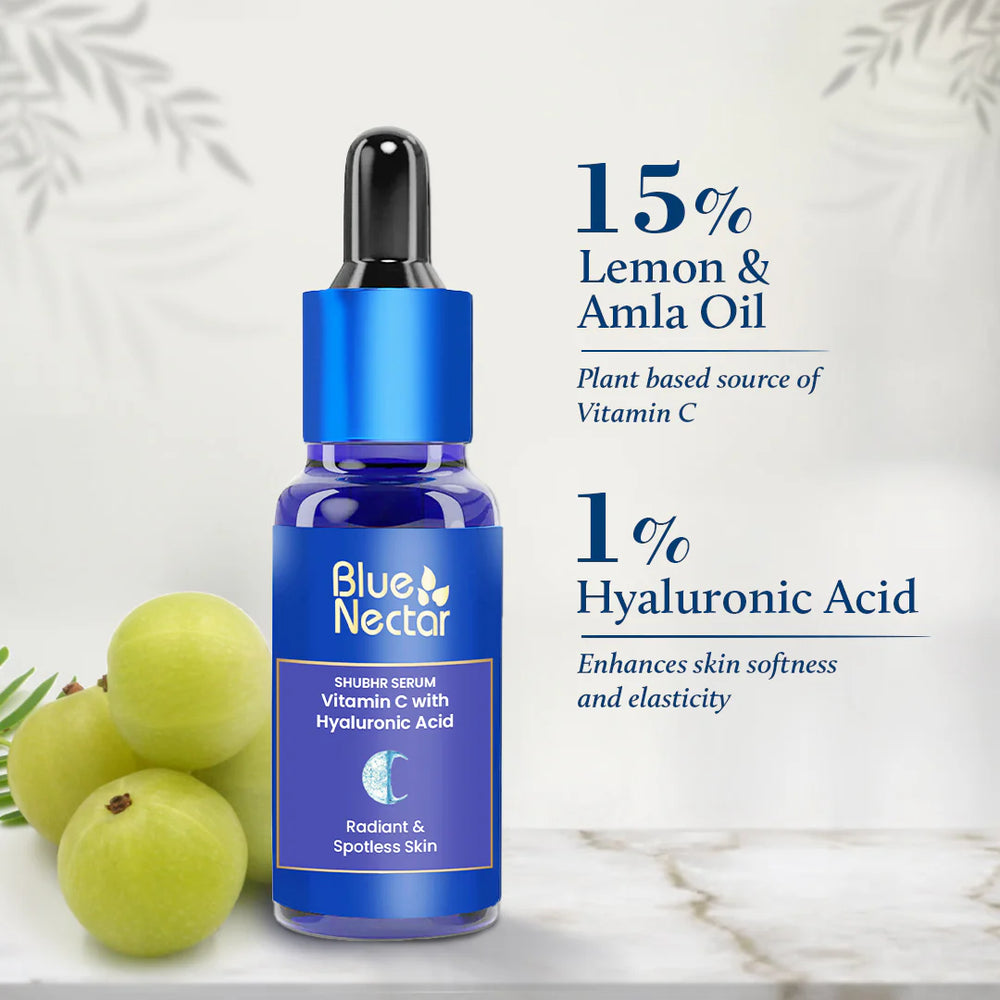
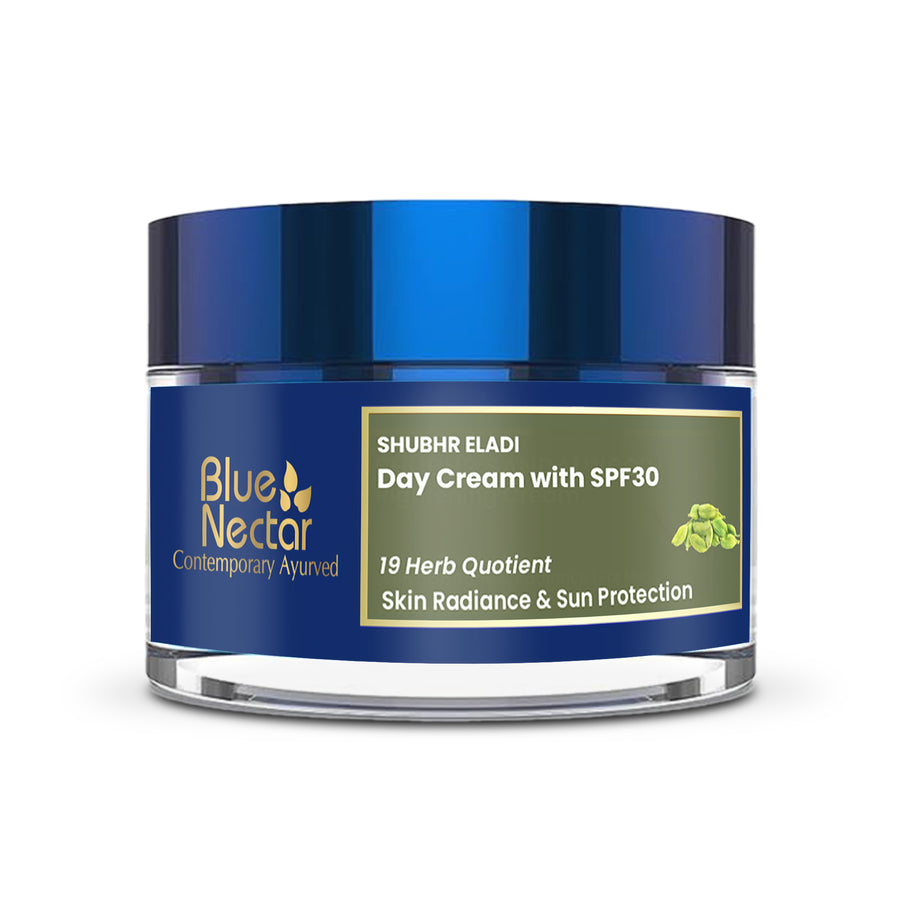
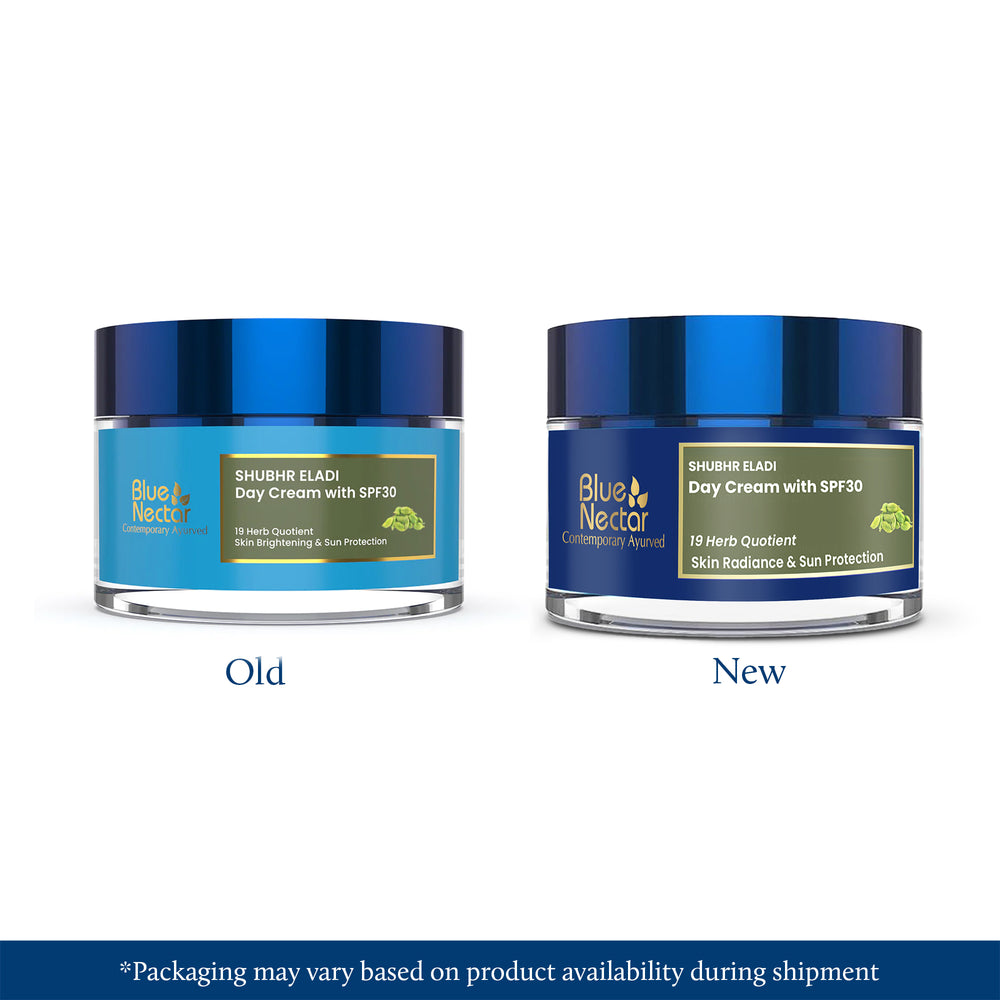
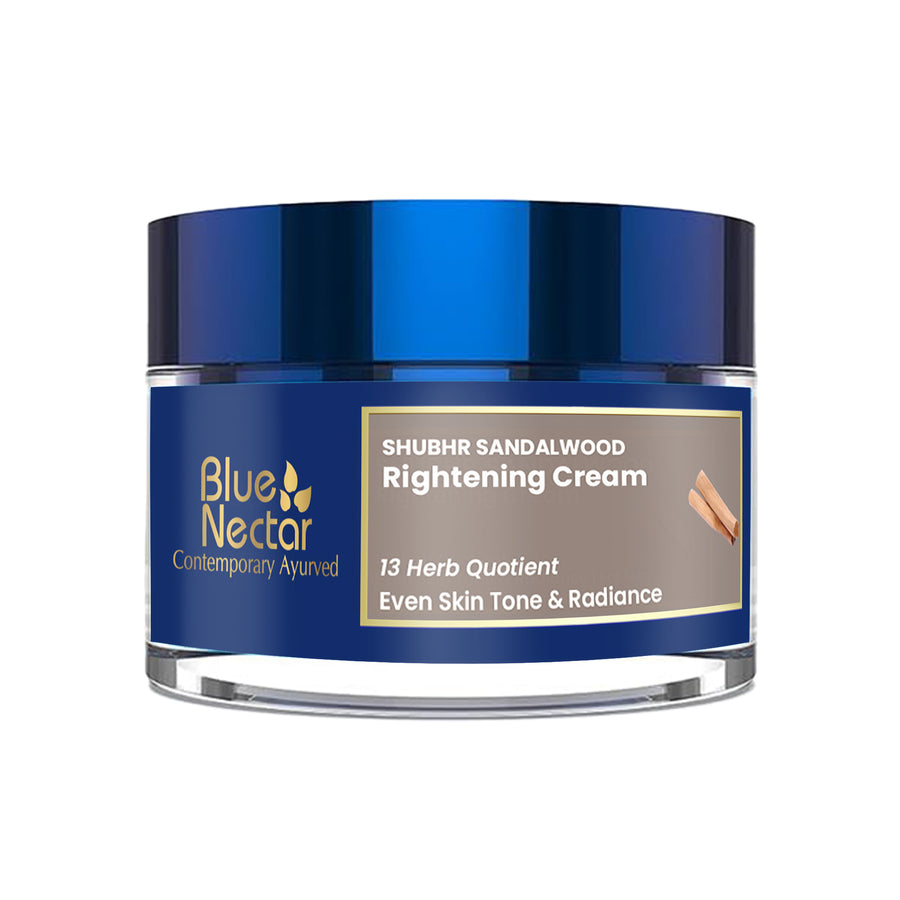
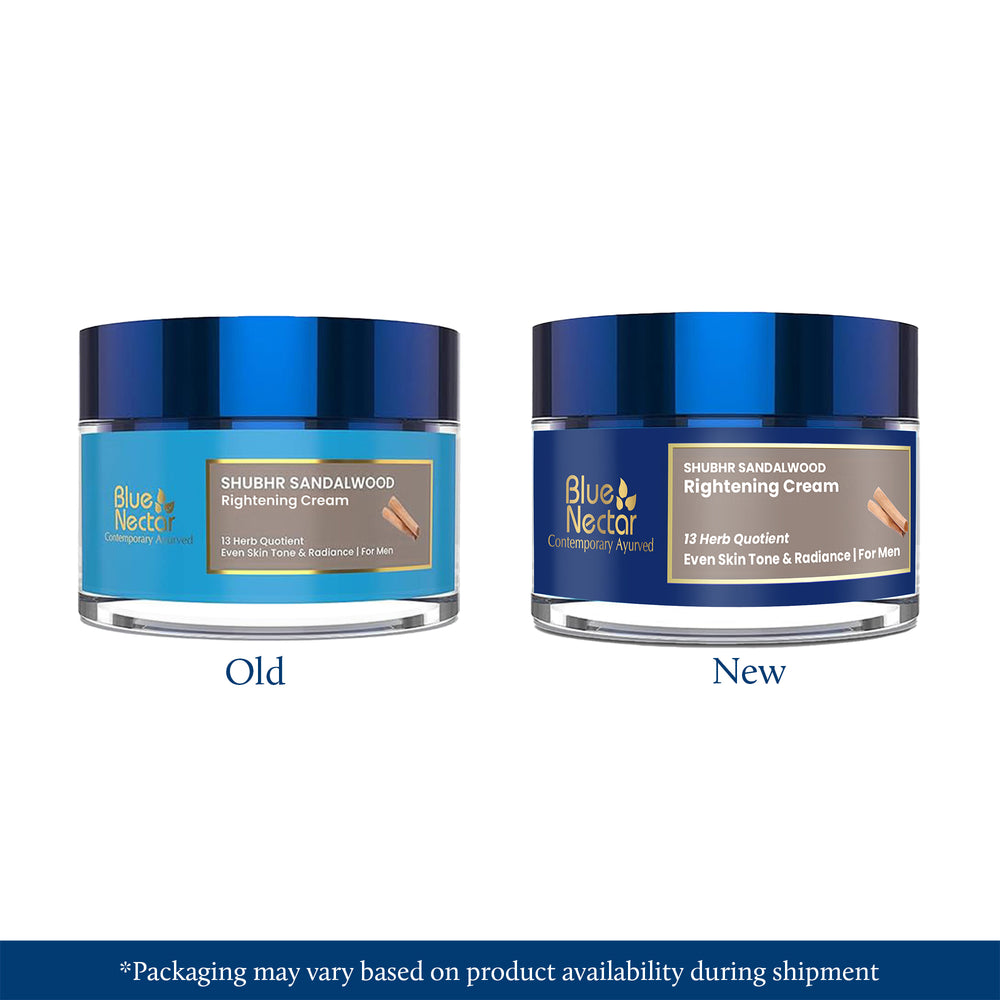




Leave a comment